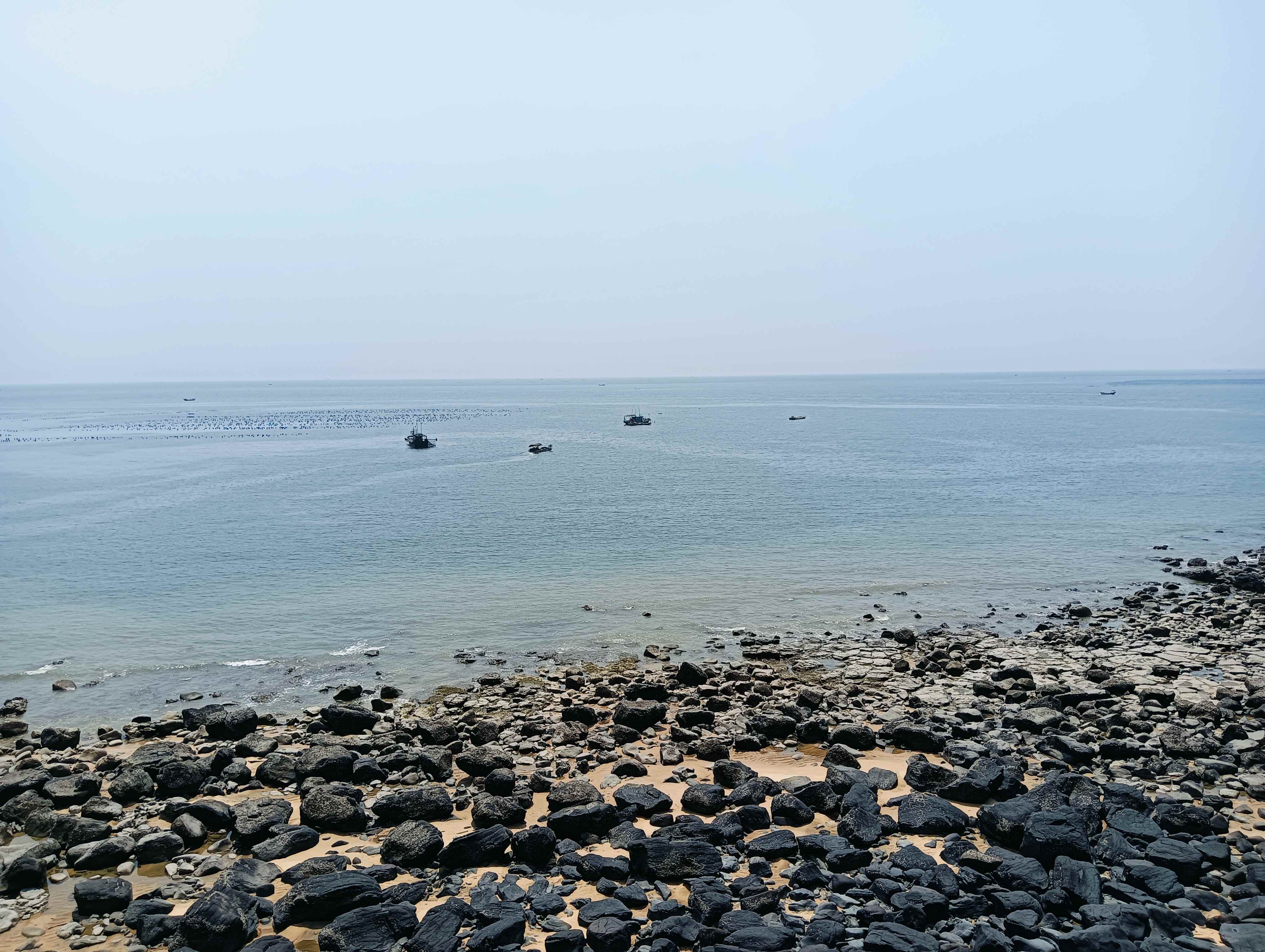The Communication Revolution in a Coastal Town: A Documentary on the Construction of the Mesh Self-Organizing Network System in Zhangpu County
I. Communication Innovation Based on Pain Points
The coastline of Zhangpu County stretches for 216 kilometers, with 16 coastal towns scattered throughout. The permanent population is approximately 420,000, among which 38,000 are directly engaged in fishery production. In the past, the communication infrastructure here was severely inadequate. The mobile signal coverage in the coastal areas was only 72%, and there were numerous communication blind spots at sea. During a rescue operation in 2022 due to a typhoon, due to the communication disruption, it took the rescue team 8 hours to find the distressed fishing boat near the Liudao Peninsula. This painful lesson made the local government determined to change the situation.
After a thorough six-month field investigation and technical verification, Zhangpu County finally chose the Mesh self-organizing network technology solution. This decision was based on the three unique advantages of this technology: Firstly, the networking is flexible and does not rely on fixed base stations; Secondly, it has strong resilience, with the failure of a single node not affecting the overall network; Thirdly, the cost is controllable, making it particularly suitable for the affordability of the county's finances.

II. Tailored technical solutions
The Mesh network in Zhangpu County adopts a "land-sea-air" three-dimensional networking model, fully considering the special geographical environment and industrial characteristics of the local area. On land, fixed relay stations have been deployed in 16 towns. These stations are powered by both solar energy and grid electricity, equipped with large-capacity batteries, and can ensure uninterrupted operation for 72 hours. At sea, specialized shipborne terminals have been provided for over 1,800 fishing vessels. They are not only waterproof and corrosion-resistant but also feature a "one-click emergency call" function and a Beidou positioning module. In the air, three tethered unmanned aircraft equipped with Mesh devices are on standby at all times, ready to quickly establish an aerial communication link in case of disaster.
The technical team made numerous innovations for the marine environment: they developed an aviation-grade aluminum alloy casing resistant to salt fog corrosion, improved the anti-wave interference communication algorithm based on the Rayleigh fading model, and also created a touch operation interface that supports voice guidance in the Minnan dialect. These meticulous details have ensured that the system truly meets the requirements of "easy to use for fishermen and highly functional for fishermen". What has particularly impressed the locals is that this system can also achieve interconnection with traditional fishing vessels' VHF radios through a protocol conversion gateway, protecting fishermen's original equipment investment.
III. Practical Performance Under Typhoon Conditions
In the summer of 2023, the extremely powerful typhoon "Du Su Ri" made a direct hit on Zhangpu County, with its maximum wind force reaching level 15. This natural disaster unexpectedly became the best testing ground for the Mesh system. On the night of the typhoon's landing, power was cut off in several coastal towns, and 37 traditional communication base stations were severely damaged. However, thanks to its decentralized nature, the Mesh network restored communication links in three disconnected towns, such as Chi Hu Town, Fotan Town, and Qian Ting Town, within 2 hours after the disaster.
During the three days when the typhoon passed through, this system achieved remarkable results: it ensured the real-time positioning of 126 fishing vessels, transmitted 236GB of disaster-related image data, and assisted in the dispatch of 17 rescue teams involving a total of 200 personnel. The most thrilling moment was near the Guilei Peninsula, where a fishing vessel numbered "Minzhang Fishery 6188" encountered danger and sank. The crew sent out a distress signal through the Mesh terminal. Based on the precise positioning provided by the system, the rescue team successfully rescued all 6 crew members in the 10-level wind and wave conditions. Post-event statistics showed that after using the Mesh system, the average response time for maritime rescue was shortened by 65%.

IV. Multi-scenario Applications from Emergency to Daily Use
After the typhoon, the Mesh system was not idle. The local government soon discovered its additional uses: 20 buoy-type monitoring nodes were deployed in the kelp farming area of Liangao Town to help farmers obtain real-time key data such as water temperature, salinity, and dissolved oxygen; in the Guolei Port Economic Development Zone, the system was used to crack down on illegal sand mining, and within half a year, 8 cases were investigated through video surveillance based on evidence collection; along the 300-plus-kilometer coastline of the county, the border police station used the system to conduct intelligent inspections, and the work efficiency increased by more than three times.
In Fotian Town, large-scale fishery owner Yang Zhiqiang calculated for us: "Previously, we had to hire two people to row boats to inspect the fishing platforms. Now, through monitoring, everything can be seen clearly. We can save over 40,000 yuan in labor costs annually." While in Liu'ao Town, the police station chief Lin Zhiyong said: "With the support of the Mesh system, our efficiency in handling maritime incidents has increased by more than 50%, and we can also record the law enforcement process in real time."
V. Replicable County-level Wisdom
The experience of Zhangpu County is having a demonstrative effect. Over the past year, surrounding counties such as Dongshan, Yunxiao and Zha'an have successively organized groups to come and study. The provincial government has also listed this project as a typical case of digital rural development. The key to the success of the project lies in finding the balance between "applicable technology and continuous operation": neither blindly pursuing high-end technologies, nor failing to ensure that after the system is built, it will be used and managed by someone.
In terms of the operation model, Zhangpu County has innovatively adopted a "government-enterprise-fishermen" tripartite collaboration mechanism: The government is responsible for overall coordination and supervision, the local telecommunications operator provides technical support, and the fishery association organizes fishermen to participate in operation training. So far, 142 certified operators have been trained, and simple and understandable "System Operation Manual" and "Emergency Communication Plan" have been compiled. The system operation and maintenance costs are controlled within 850,000 yuan per year, which is mainly borne by the county government and the fishery association.
Currently, Zhangpu County is planning the second phase upgrade of its system, aiming to introduce AI intelligent scheduling algorithms to optimize the allocation of network resources, test terahertz communication technology to enhance transmission speed, and explore interconnection with low-orbit satellites. This coastal small city has proven through practice that as long as it adapts to local conditions and focuses on practical results, county-level digital transformation can also forge its own distinctive path. As Chen Haisheng, the director of the County Emergency Management Bureau, said: "We don't need the most advanced technology; what we need is the most practical technology. The greatest success of this system is that it has made fishermen feel more at ease when going out to sea."








